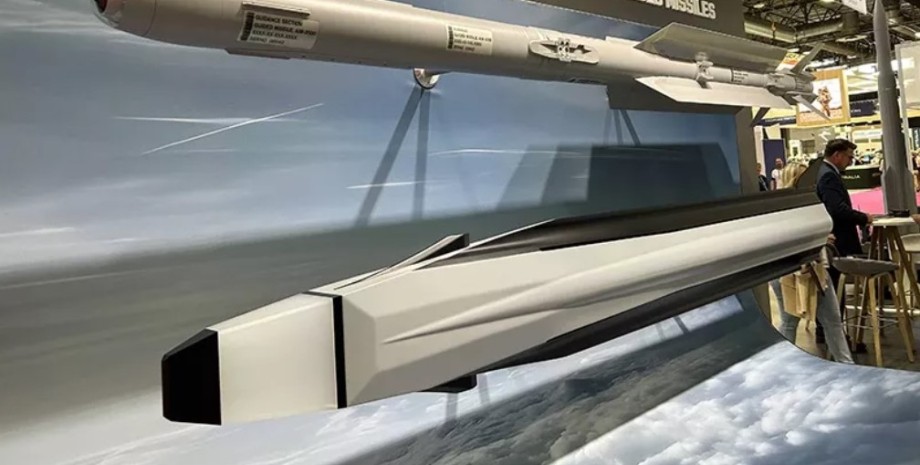
This was reported on July 26 by Defensa. Ammunition developers are written by the authors of the material known for their advanced IRIS-T missiles, which are already in service with the Air Force and which are equipped with Eurofighter and EF-18+ Hornet fighters. What is known about Fcaam Fcaam is a new generation of air-air missiles designed to combat air platforms at a range of about 32 km. To improve maneuverability, it is equipped with basic and two auxiliary accelerators.
The development of this rocket was used using technologies borrowed from the IRIS-T concept, with which it has similar size. But the new rocket design includes the flat parts of the fuselage, which increases its secrecy and allows you to avoid the detection and neutralization. It is noted that FCAAM is intended primarily for the latest FCAS platforms. The rocket is equipped with a front sensor with a multi -spectral search capacity that reveals the target for thermal signatures.
Artificial intelligence algorithms make ammunition more effective than previous developments. In addition, FCAAM can be installed on a new double mount that allows you to carry two rockets instead of one IRIS-T. Also, analyzing the exhibited layout, the observers drew attention to the presence of two large stabilizers on the sides of the fuselage and two smaller ones on the lower side, which are composed for compactness before launching.










All rights reserved IN-Ukraine.info - 2022